This gallery shows 27+ high-quality and best-resolution Brain PNG Images, Vectors, Stickers, logos, Icons, and Clipart Pictures with transparent backgrounds.
Related Topics: Lungs PNG | Human Heart PNG | Human Liver PNG
Free download all the Human Brain PNG images for graphic design, projects, presentations, web design, editing, and other works.
Brain PNG images for free download:
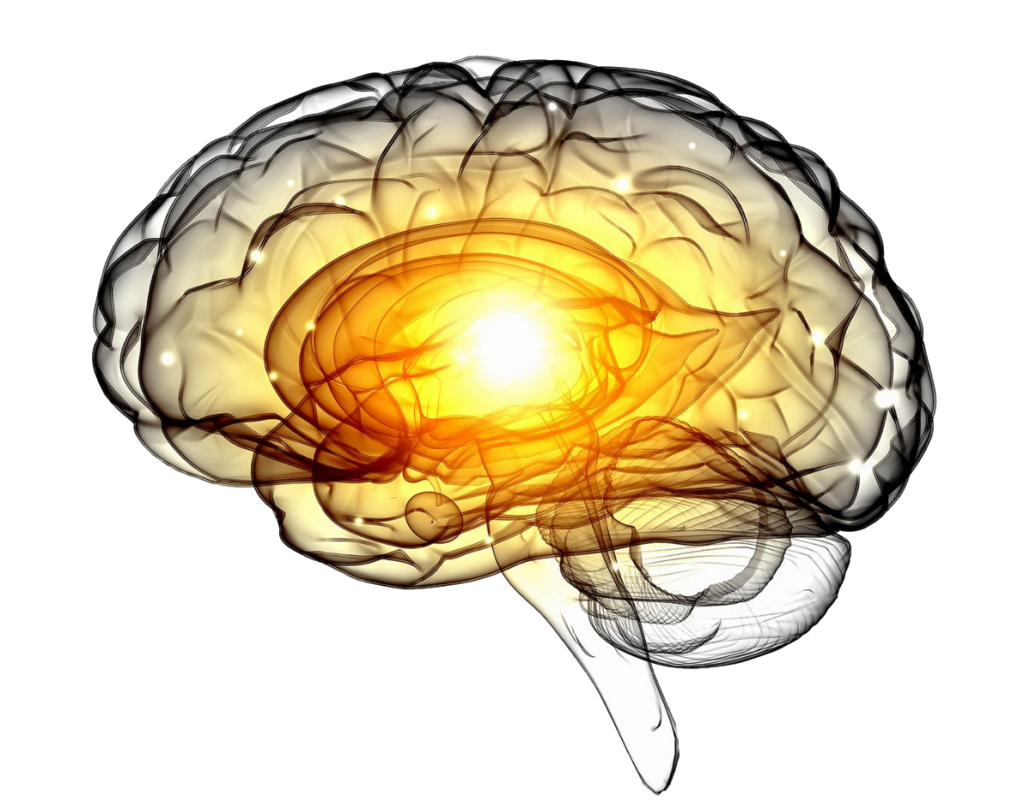
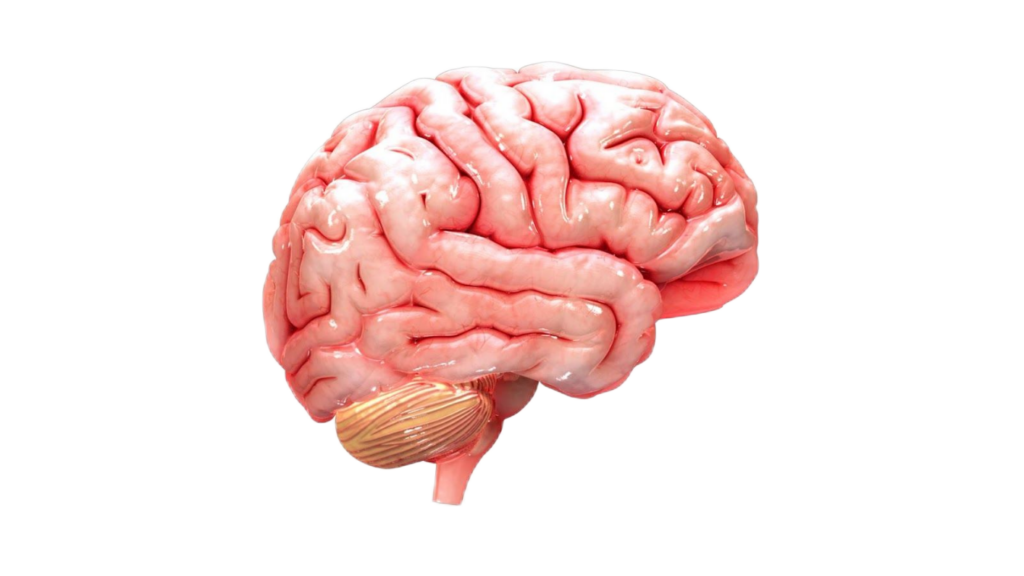


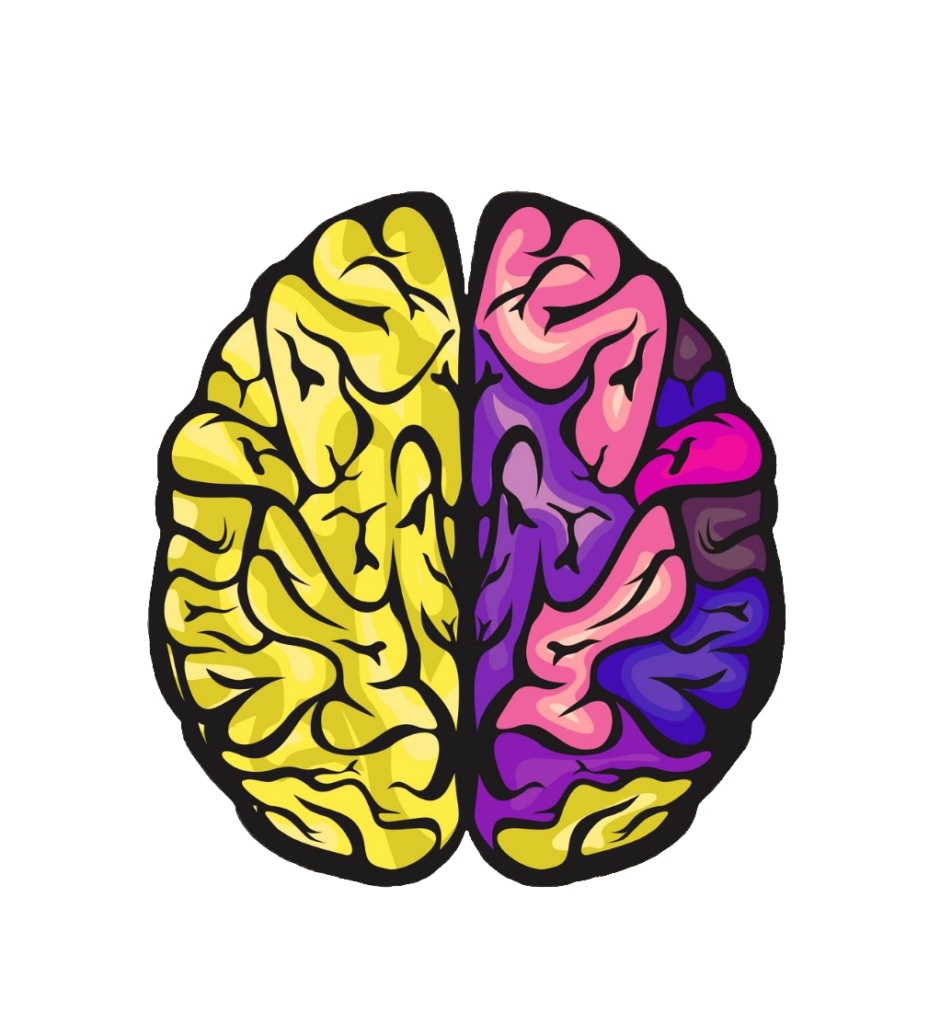
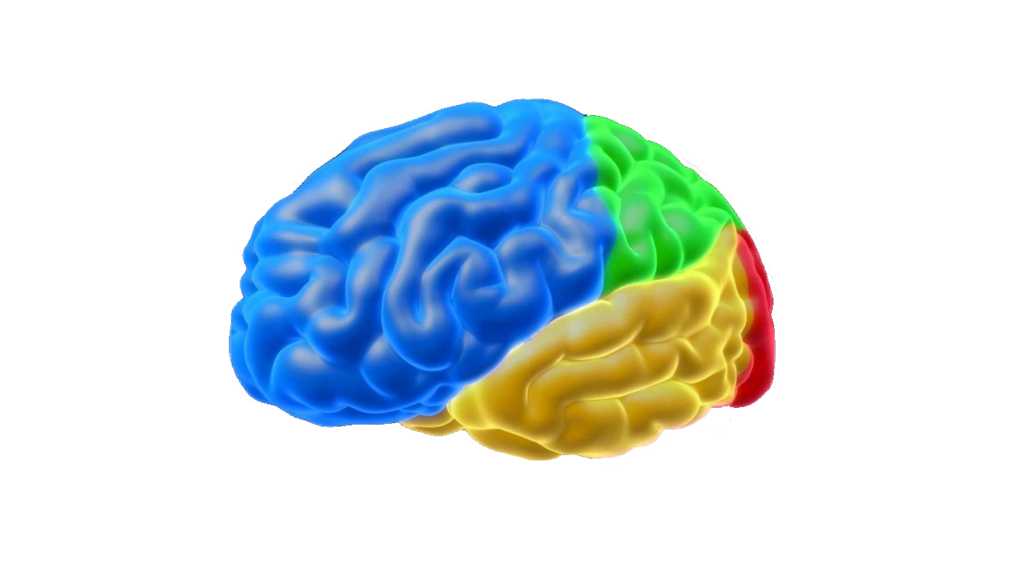
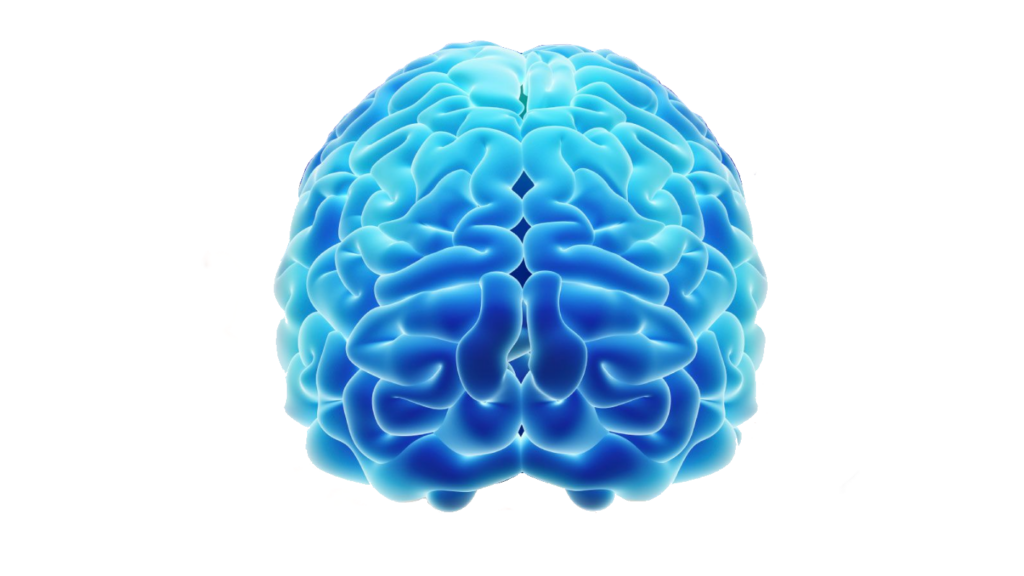

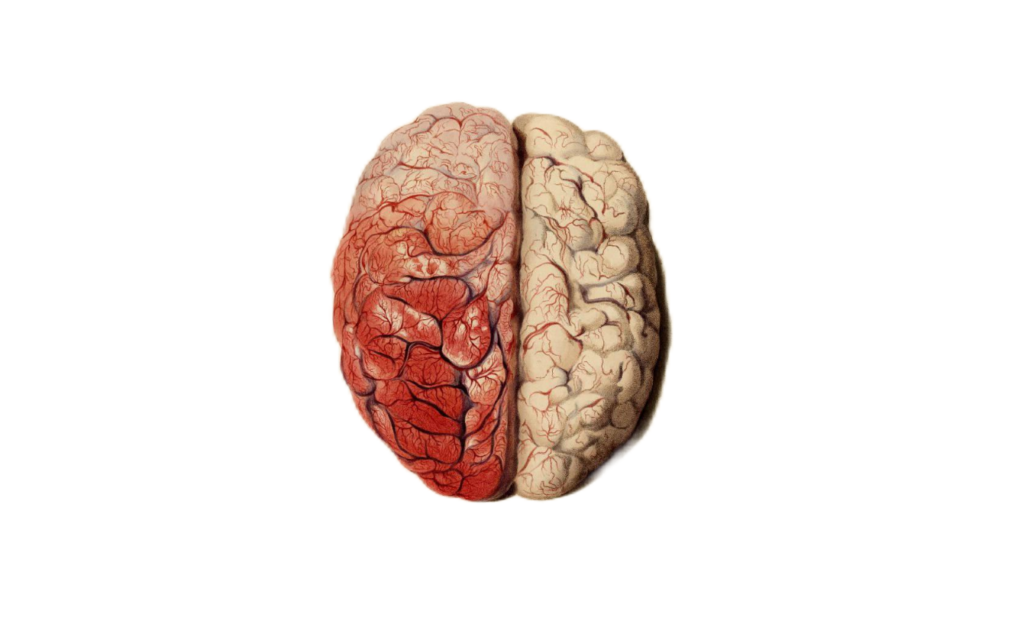
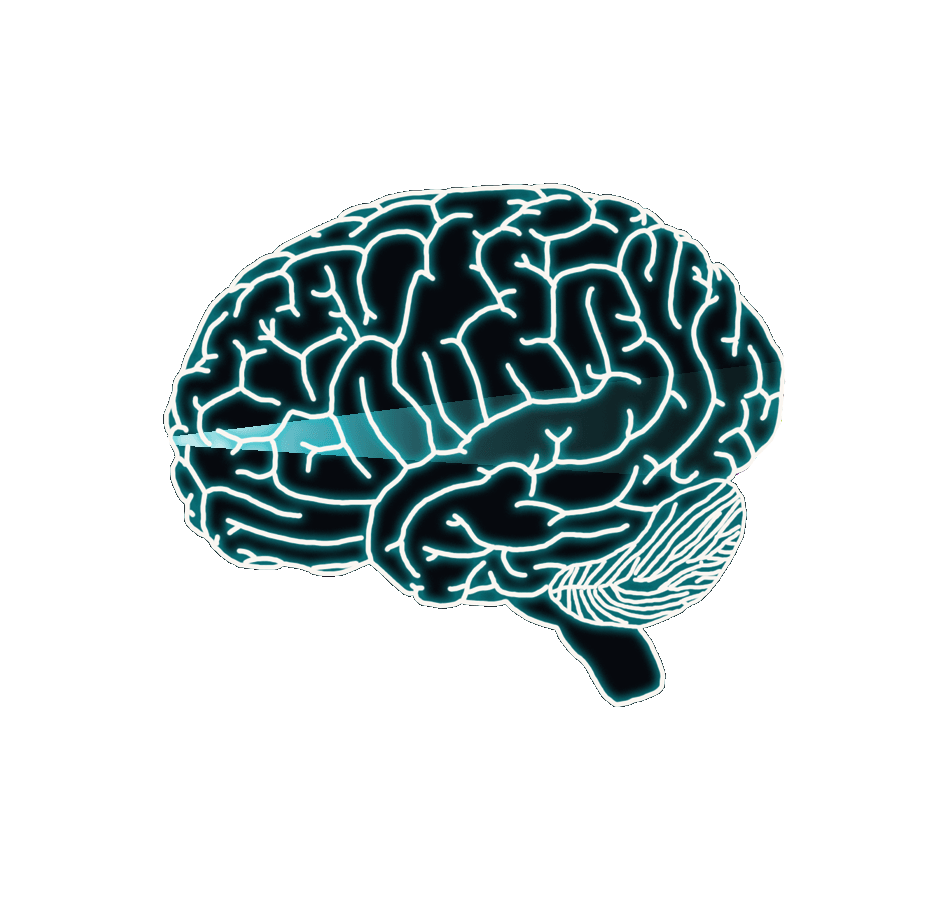
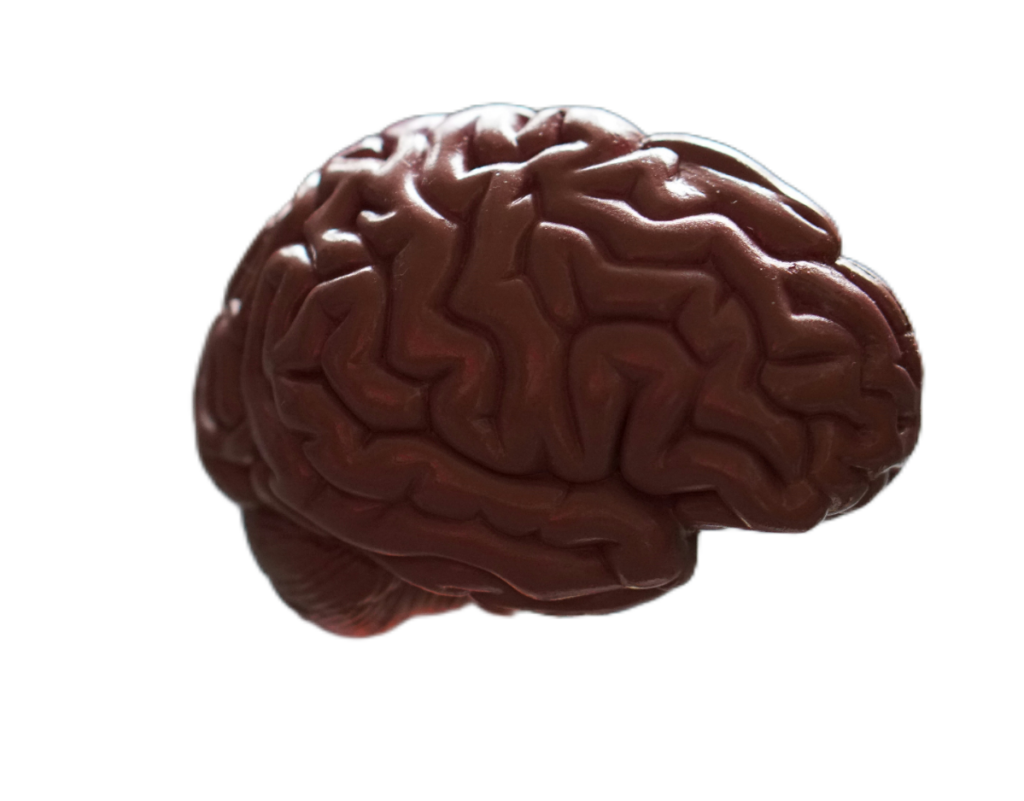
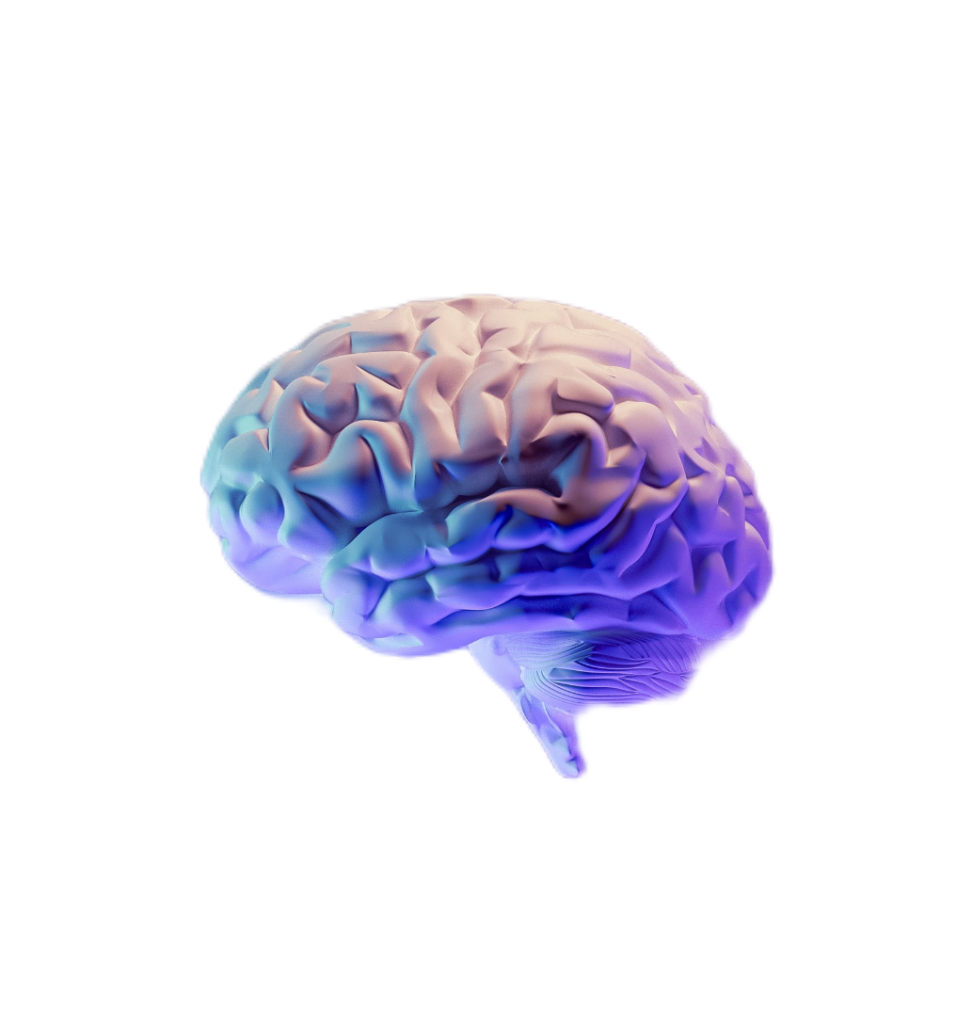
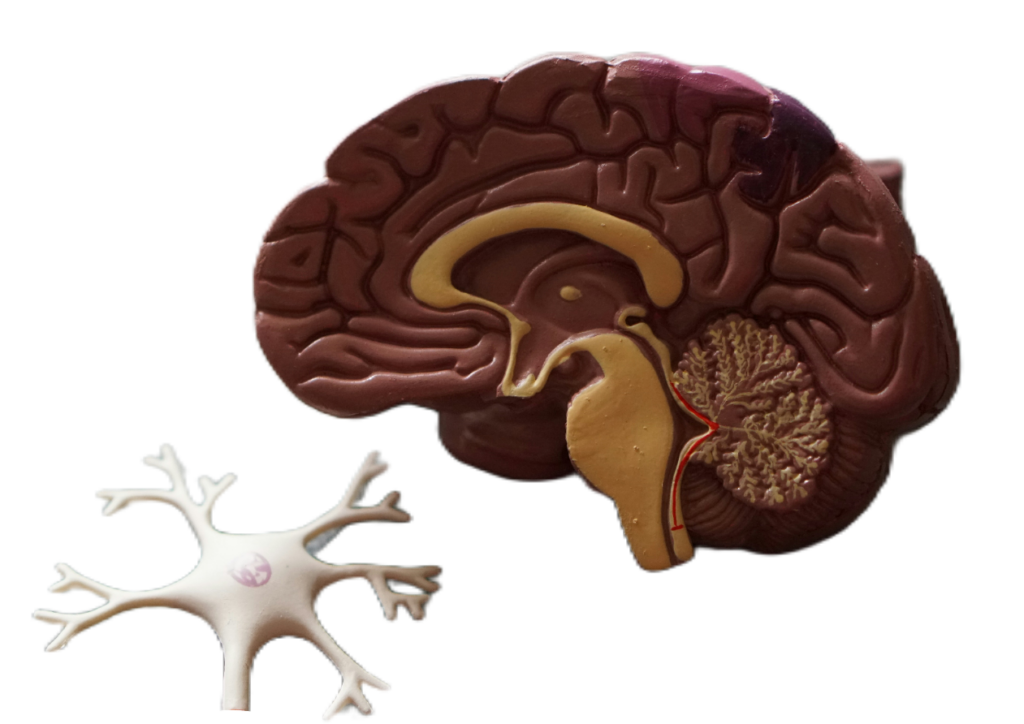
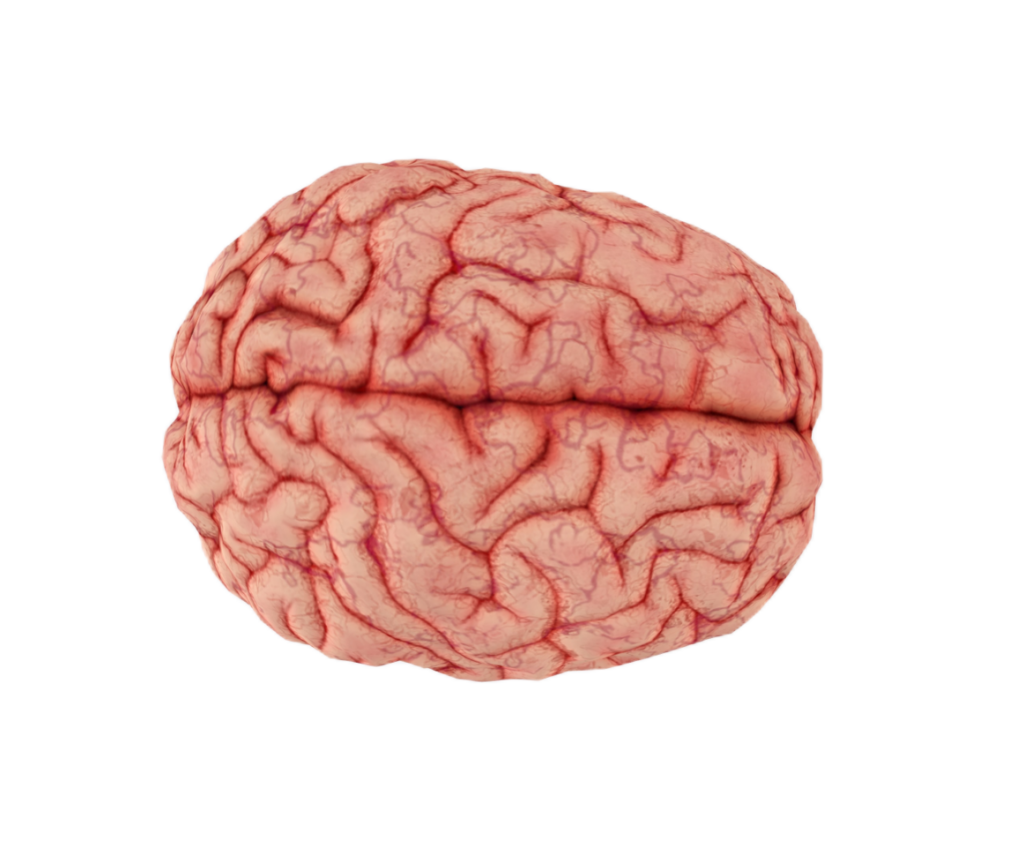
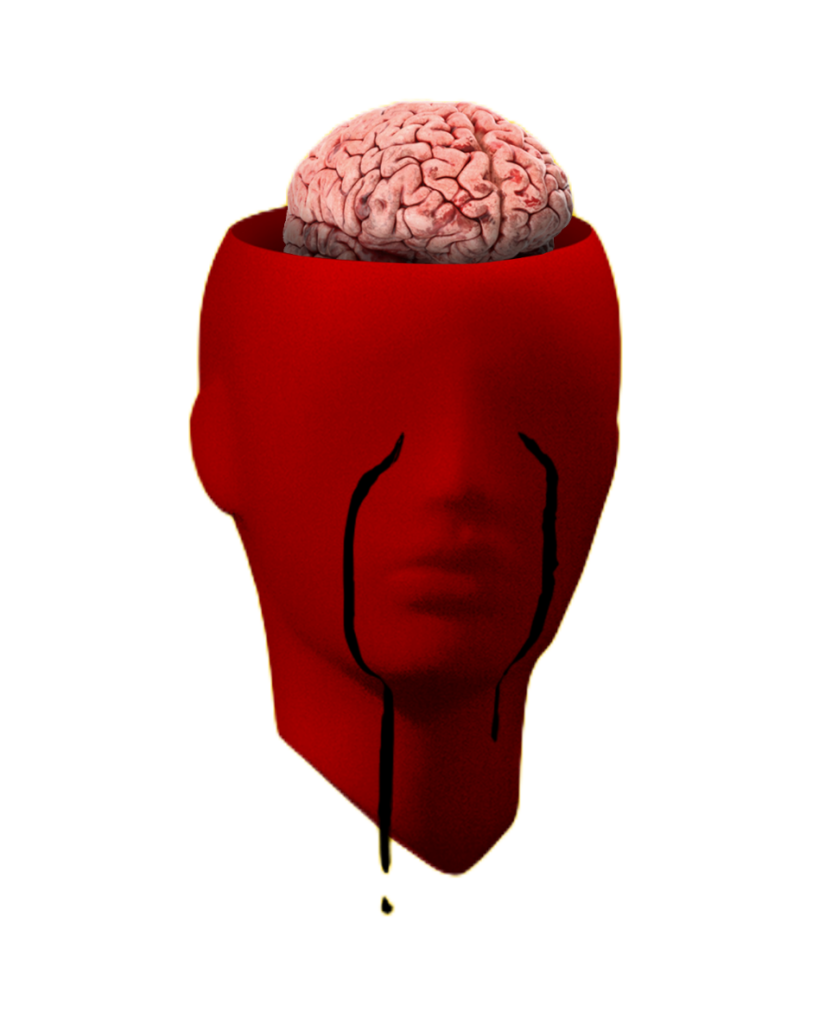
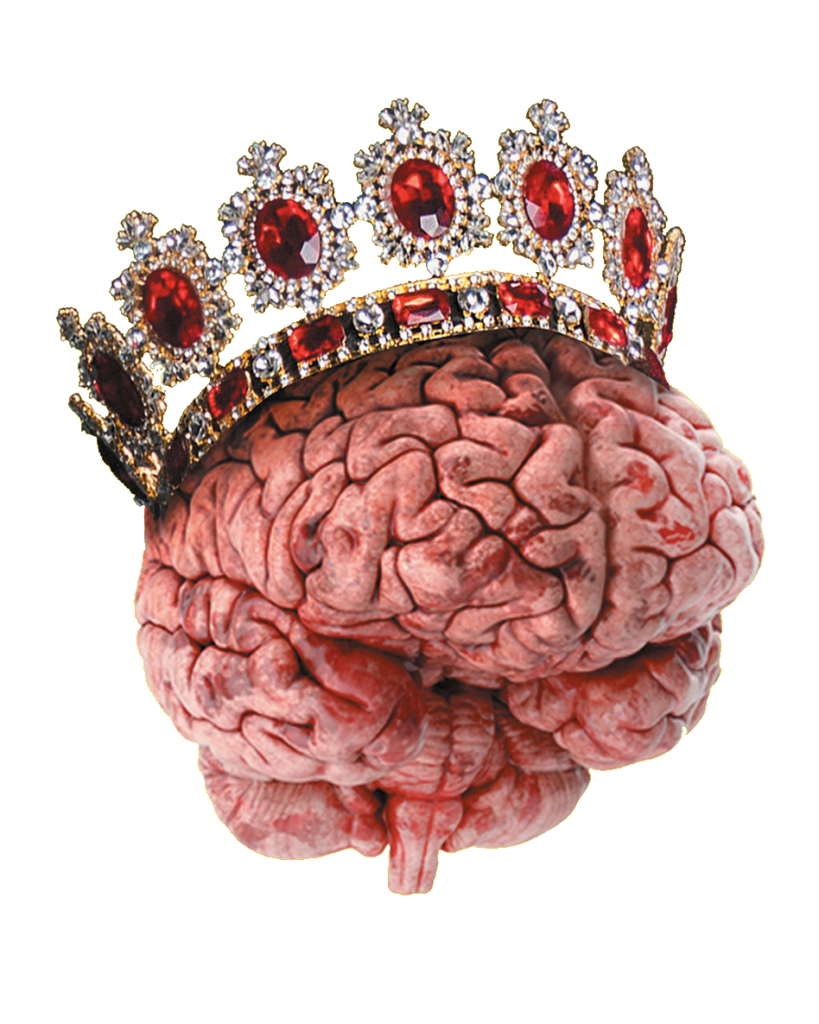
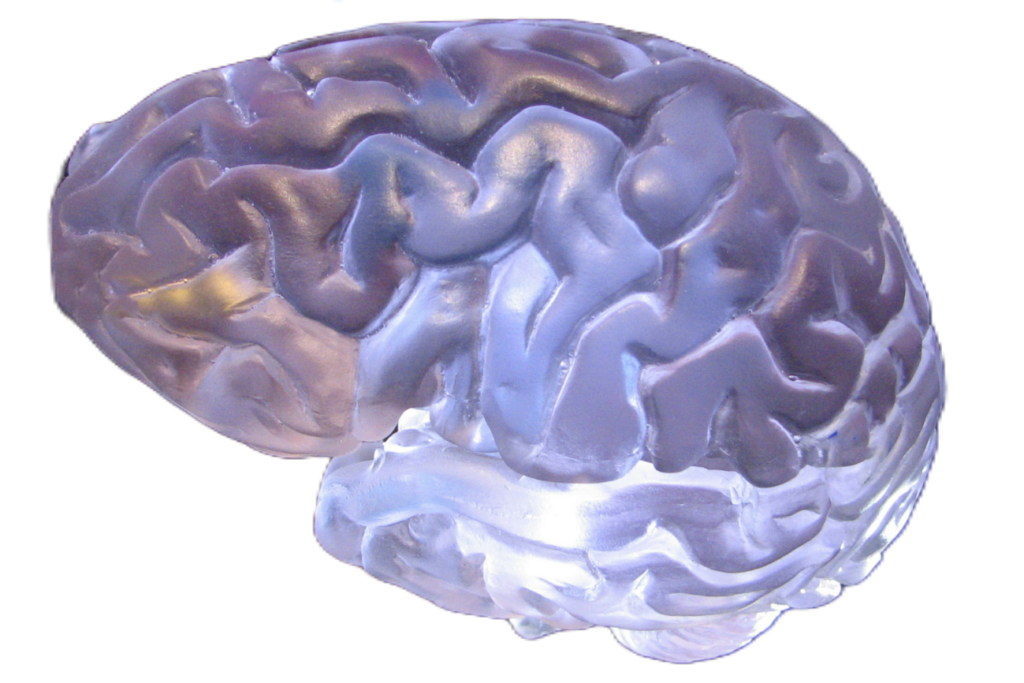
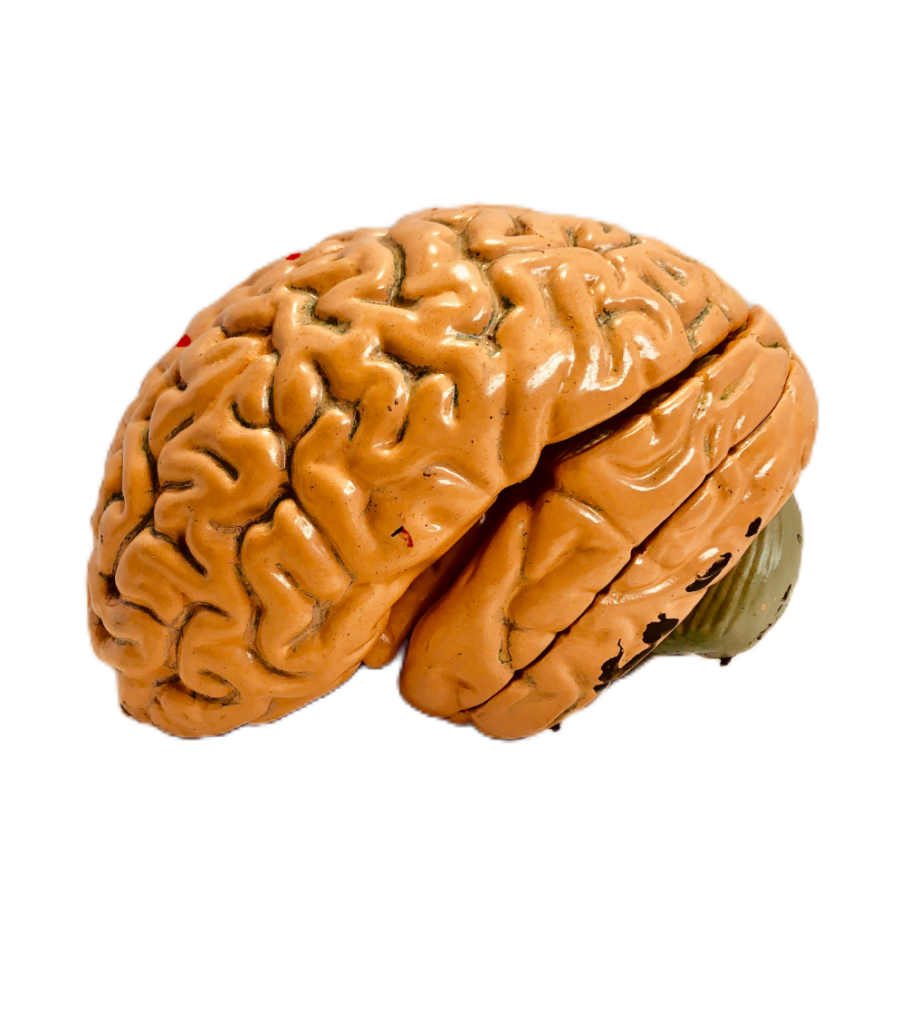
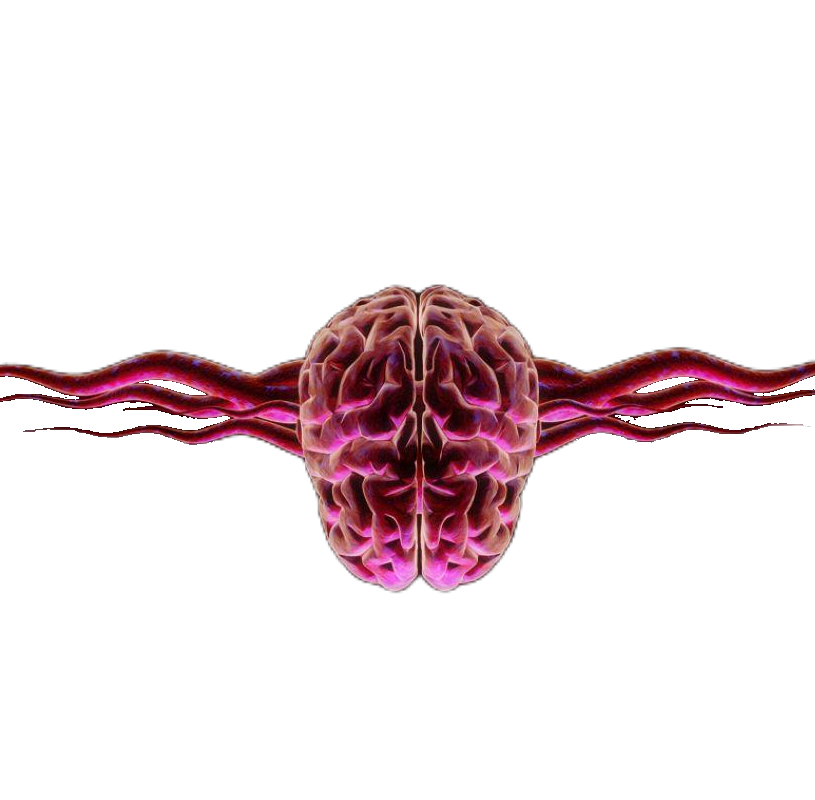

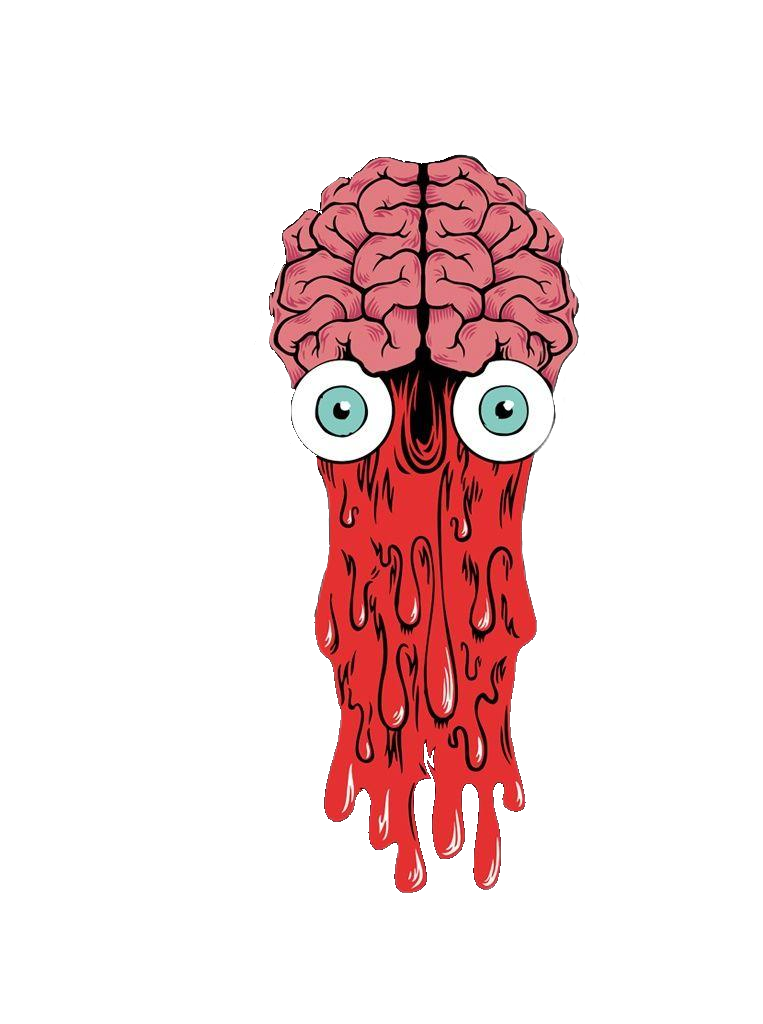
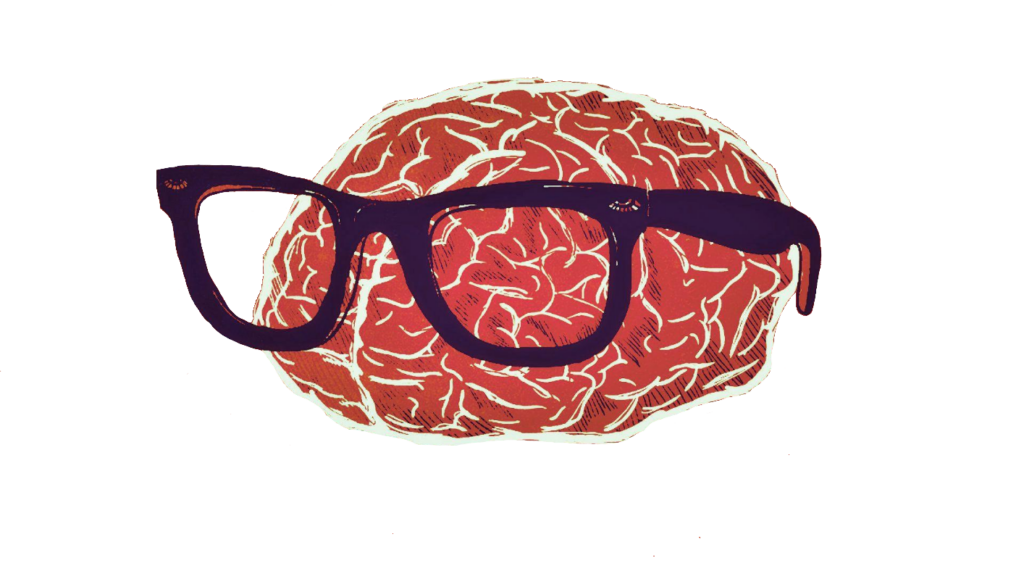
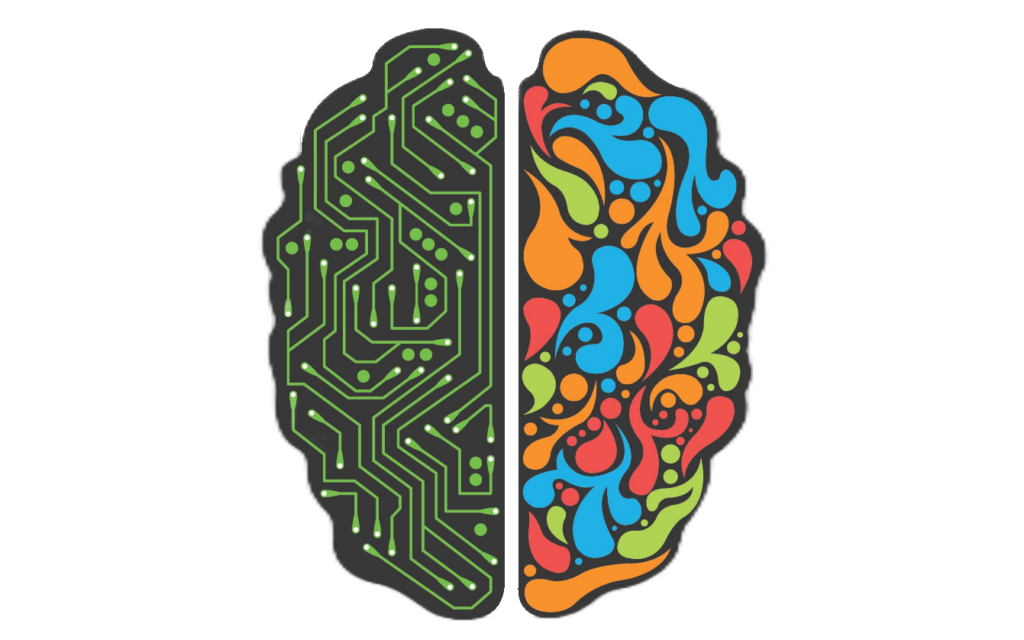
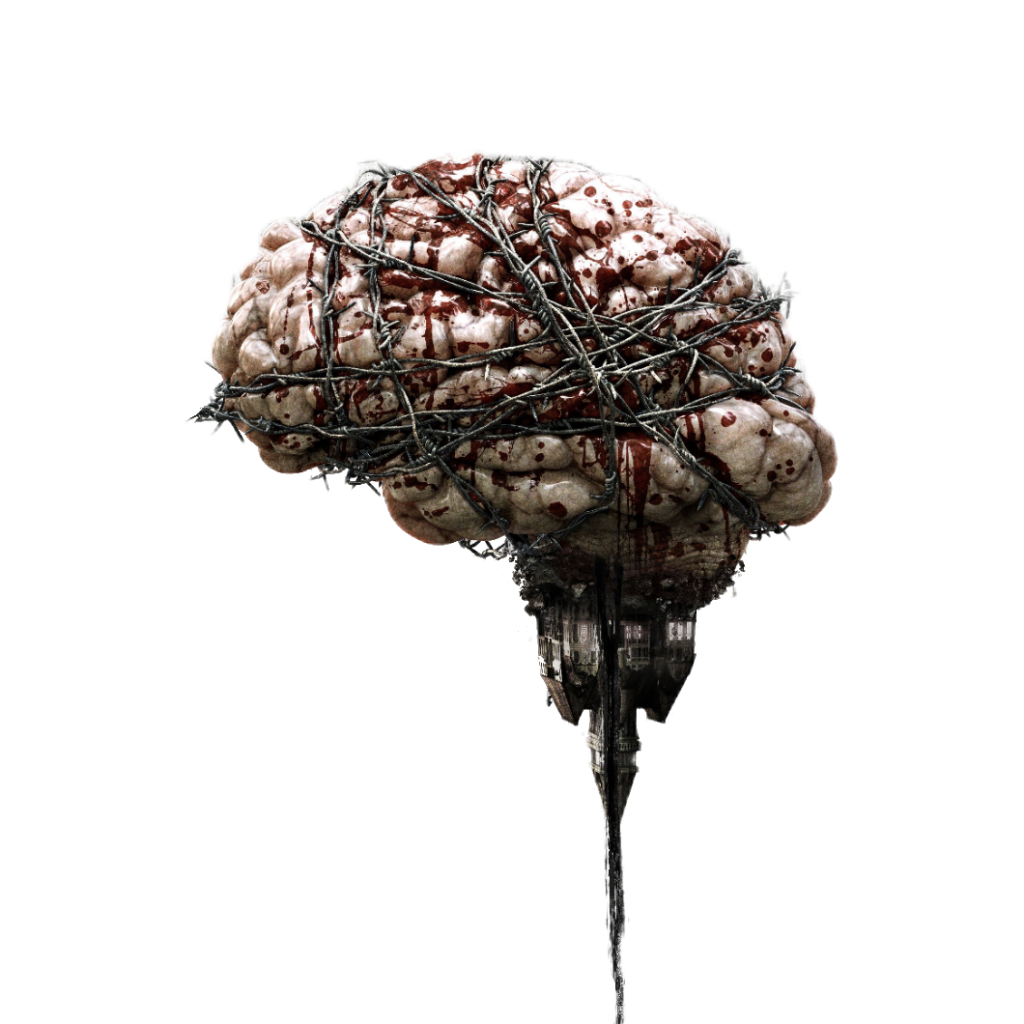
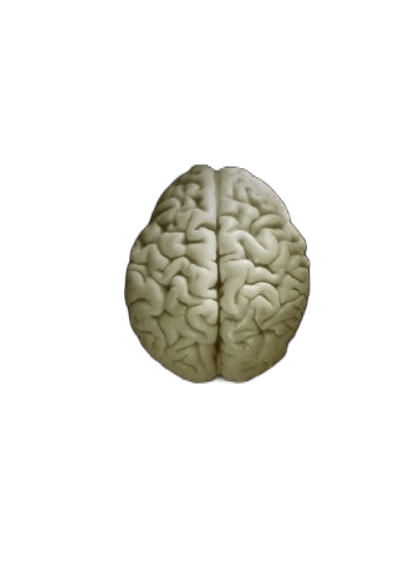
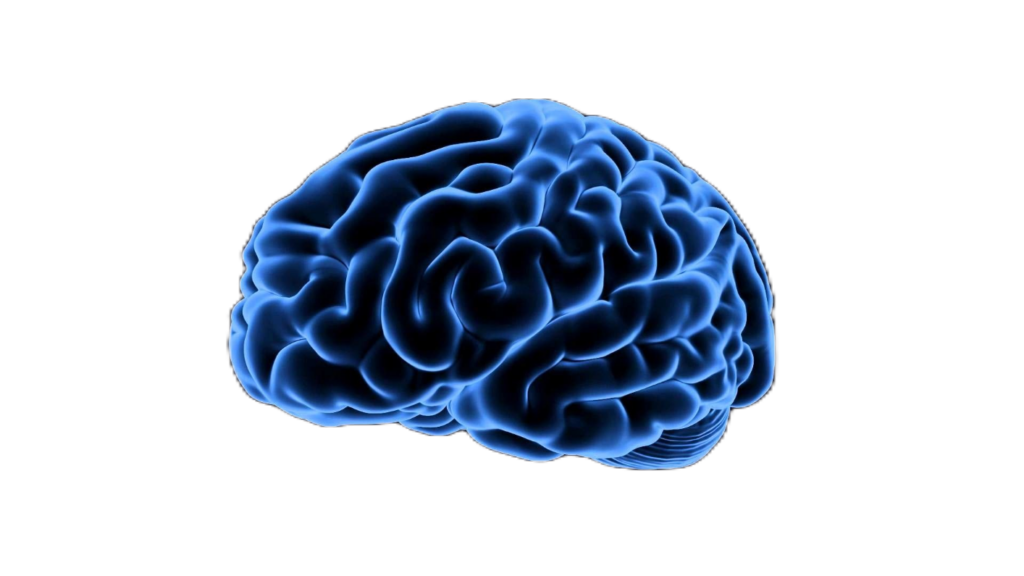
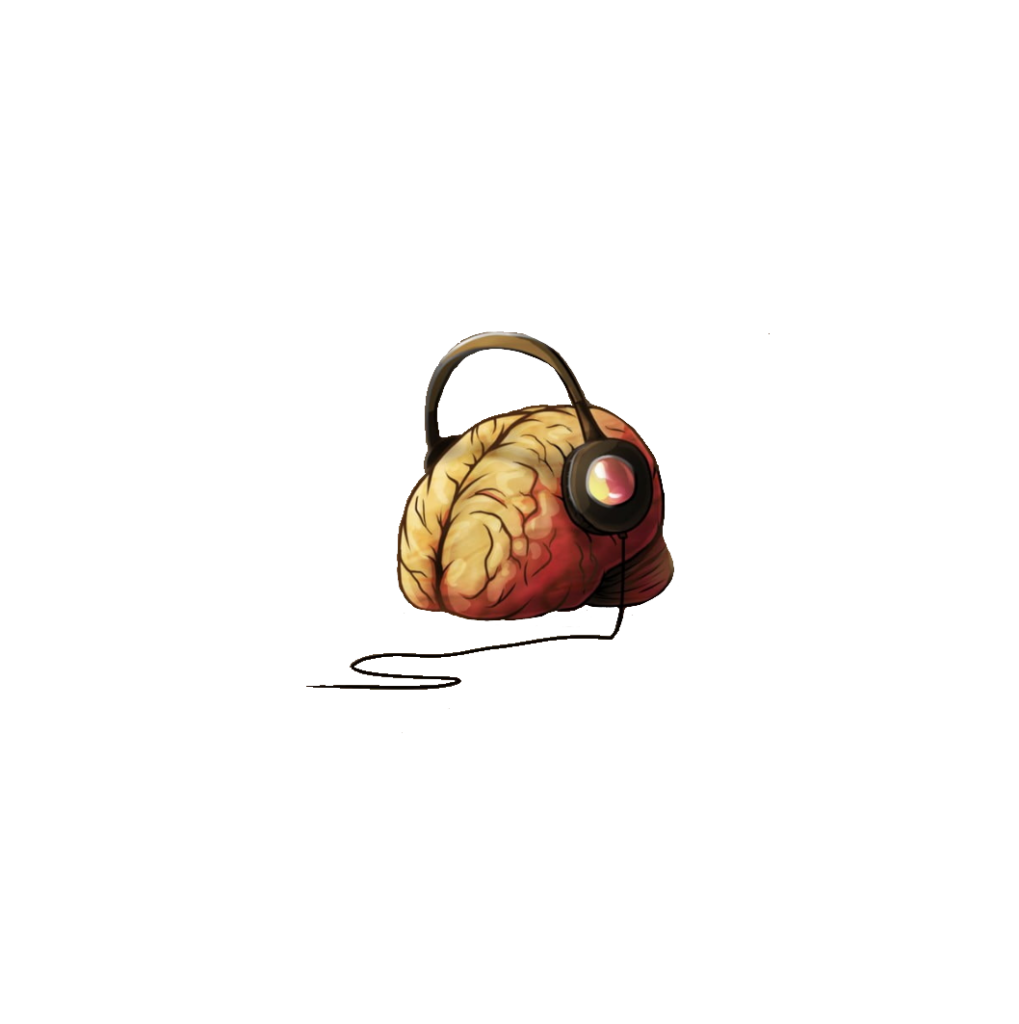
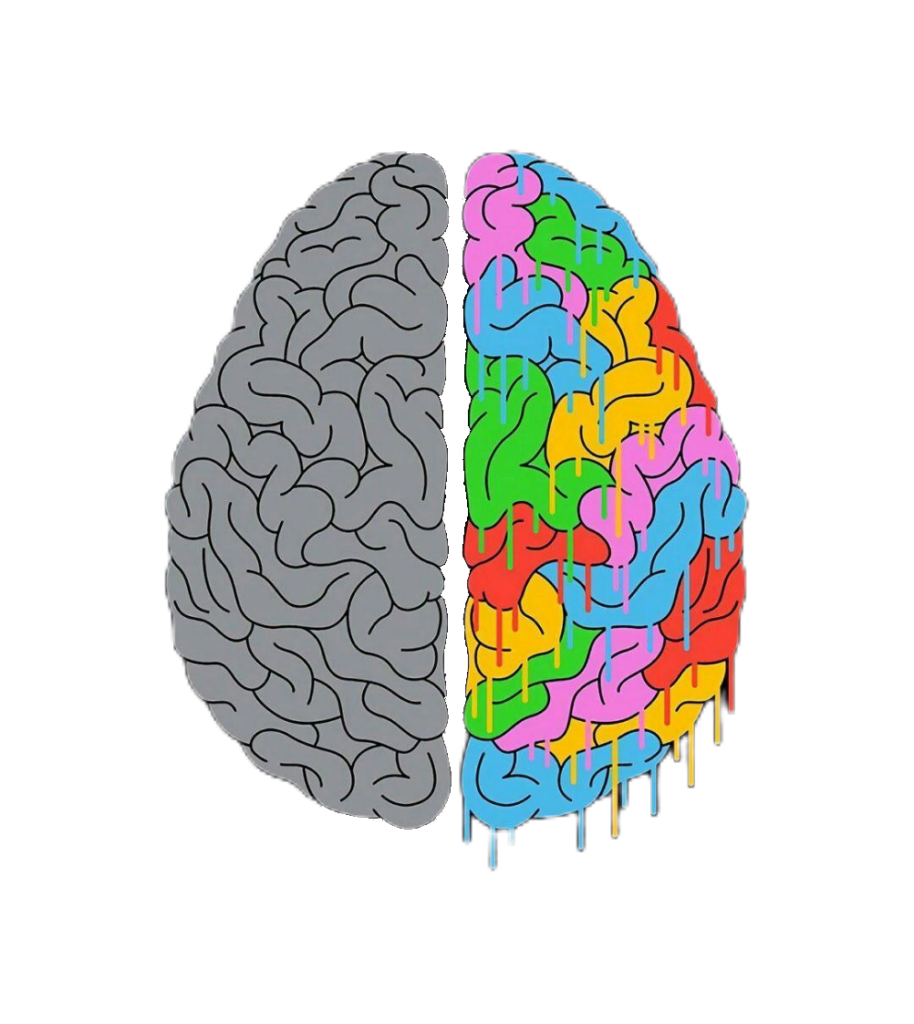
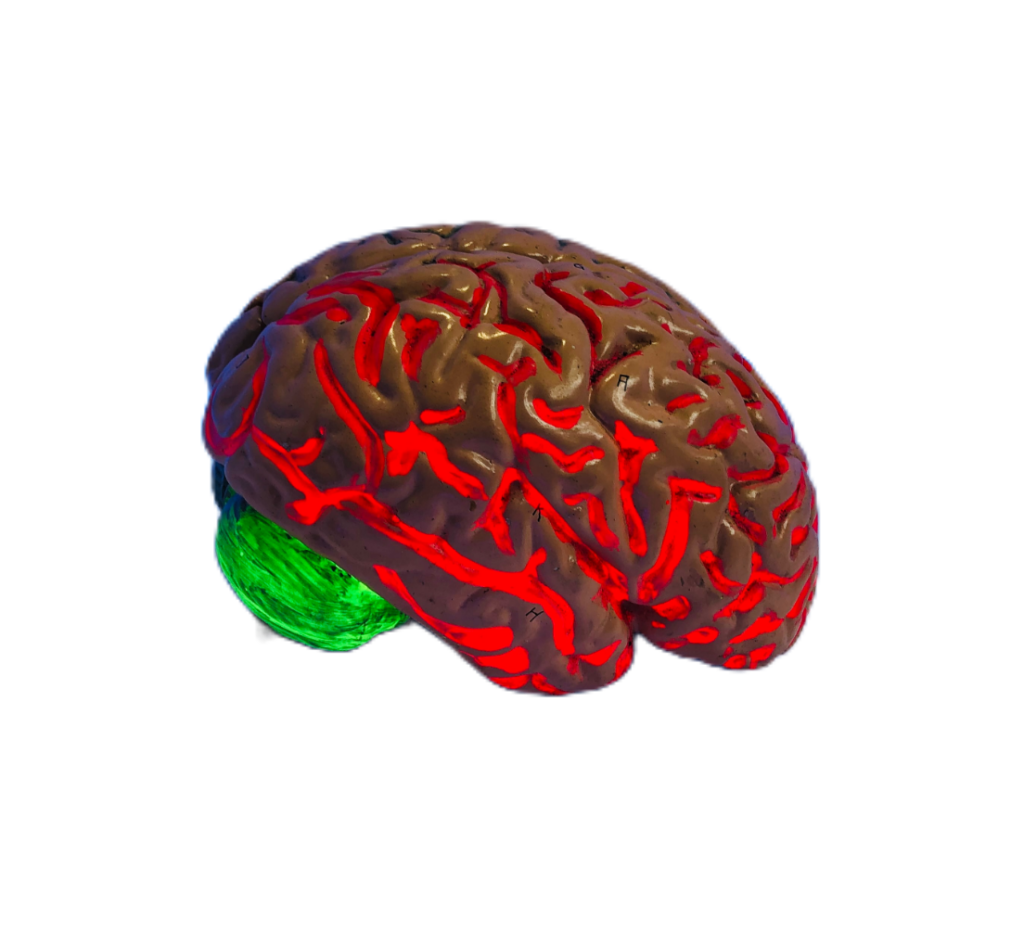
The human brain, a remarkably intricate organ nestled within the protective confines of the skull, stands as the epicenter of our existence. As the command center of the nervous system, this three-pound marvel orchestrates an intricate symphony of thoughts, emotions, and bodily functions. Its complexity is unparalleled, and its capabilities are awe-inspiring, making it a subject of fascination for scientists, philosophers, and curious minds throughout the ages.
The human brain consists of various regions with unique functions and responsibilities. The cerebral cortex, the outermost layer, is responsible for advanced cognitive functions such as language, memory, and problem-solving. Beneath the cortex lies the limbic system, governing emotions and memories. The brainstem, connecting the spinal cord to the brain, controls essential life functions like breathing and heart rate. The intricate network of neurons, the brain’s building blocks, enables the transmission of information through electrical and chemical signals.
At the heart of the brain’s functionality lies the vast network of neurons, estimated at around 86 billion in an average adult human brain. These neurons communicate through synapses, where information is transmitted via neurotransmitters. This dynamic process of synaptic communication forms the basis of learning, memory, and various cognitive functions. The brain’s adaptability, known as neuroplasticity, allows it to reorganize and create new neural connections in response to experiences and learning.
The human brain is the epicenter of many cognitive functions that define our existence. Language, a complex interplay of various brain regions, enables communication and expression. Memory, divided into short-term and long-term components, shapes our understanding of the past and guides decision-making in the present. Executive functions, housed in the prefrontal cortex, govern higher-order cognitive processes, such as planning, decision-making, and self-control.
Emotions, an integral aspect of the human experience, find their roots in the limbic system. This collection of structures, including the amygdala and hippocampus, regulates emotional responses and the formation of memories. The intricate interplay between neurotransmitters, hormones, and neural circuits within the limbic system shapes our dynamic landscape, influencing mood, motivation, and social interactions.
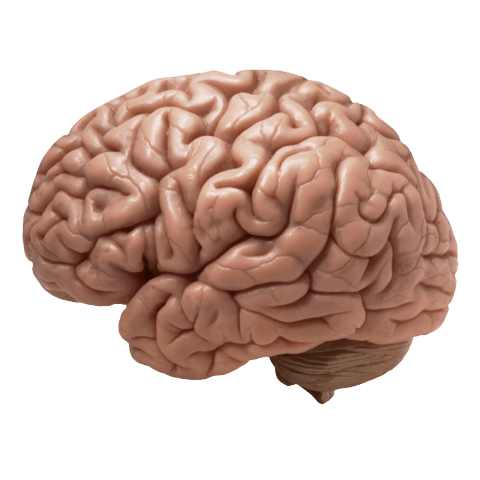
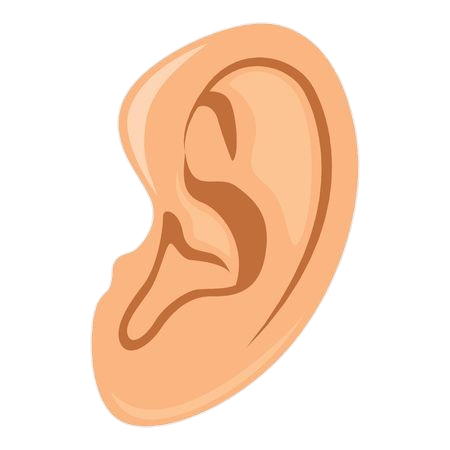
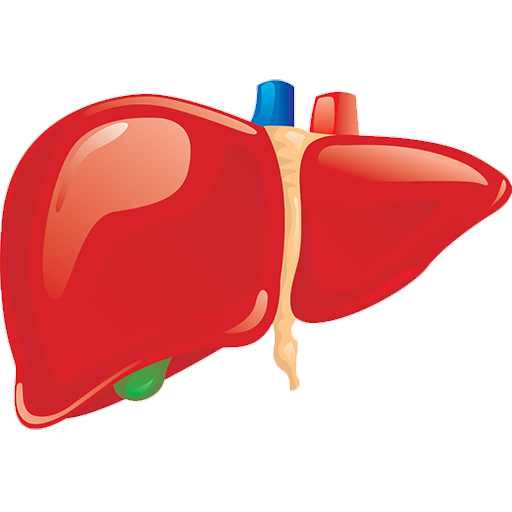

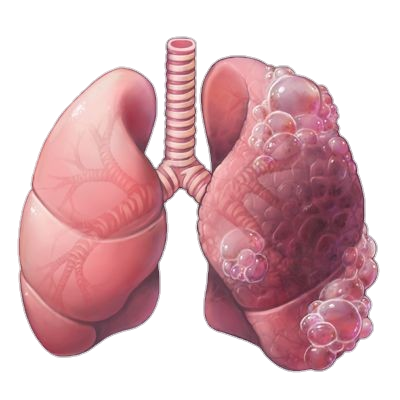
Leave a Comment